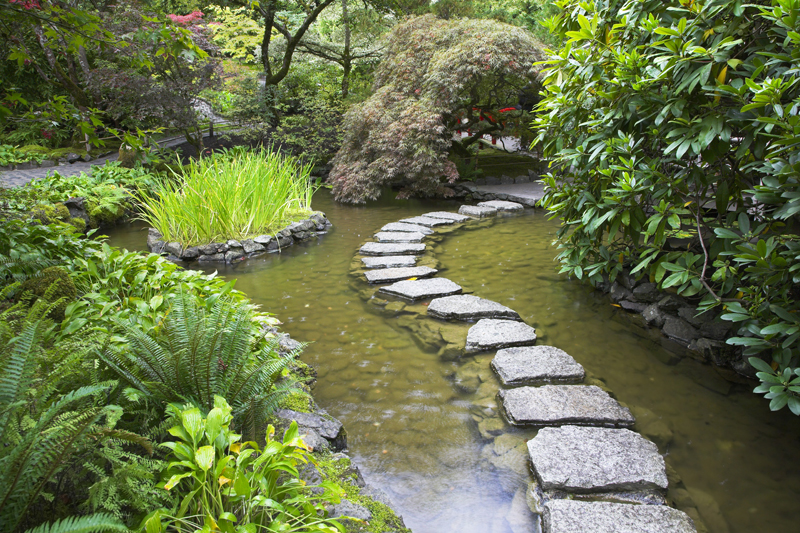The City Gardener’s Handbook

City gardeners must learn to grow in tiny spaces. All too often they have to cope with problems like preventing water from reaching the balcony underneath their garden. They also have to contend with keeping shrubs or trees alive in spite of pollution from local factories or automobile exhaust. Fortunately, city gardeners have Linda Yang’s book, The City Gardener’s Handbook published by Storey books in 2002 will help them solve these problems.
Here are the chapter titles: Getting Started, Nonplant Considerations, Meet Nature’s Dramatis Personae, Narrowing the Choices: Some City Plants I’ve Known, Finding and Buying Your Plants, The Secret Is in the Soil, Containers for Summer and Winter, Planting and other Earth-Shattering Ideas, Water Comes Not from Heaven Above, Continuing Through Autumn, City Girth Control, Not Quite Eden, and The City Gardener’s Almanac.
Strengths: I found this book very well organized. It was easy to skim the table of contents to find the topic you are interested in learning more about. Once into the chapter, you’ll find key phrases listed on the left side of the page so you can just skim the pages to find your topic. The writing style itself is very clear and easily understood. Many hints on handling things like moving a garden from one apartment to another are scattered throughout the chapters. Interspersed among the chapters are sections containing actual garden photographs and landscape plans. Black and white illustrations are used to further explain the text.
Weaknesses: If you don’t already know what these garden plants look like, you will need another book that illustrates and describes the plants. The information presented in this book is not detailed enough for a total beginner.
Here are the chapter titles: Getting Started, Nonplant Considerations, Meet Nature’s Dramatis Personae, Narrowing the Choices: Some City Plants I’ve Known, Finding and Buying Your Plants, The Secret Is in the Soil, Containers for Summer and Winter, Planting and other Earth-Shattering Ideas, Water Comes Not from Heaven Above, Continuing Through Autumn, City Girth Control, Not Quite Eden, and The City Gardener’s Almanac.
Strengths: I found this book very well organized. It was easy to skim the table of contents to find the topic you are interested in learning more about. Once into the chapter, you’ll find key phrases listed on the left side of the page so you can just skim the pages to find your topic. The writing style itself is very clear and easily understood. Many hints on handling things like moving a garden from one apartment to another are scattered throughout the chapters. Interspersed among the chapters are sections containing actual garden photographs and landscape plans. Black and white illustrations are used to further explain the text.
Weaknesses: If you don’t already know what these garden plants look like, you will need another book that illustrates and describes the plants. The information presented in this book is not detailed enough for a total beginner.

Editor's Picks Articles
Top Ten Articles
Previous Features
Site Map
Content copyright © 2023 by Diana Pederson. All rights reserved.
This content was written by Diana Pederson. If you wish to use this content in any manner, you need written permission. Contact Farjana Amin for details.






